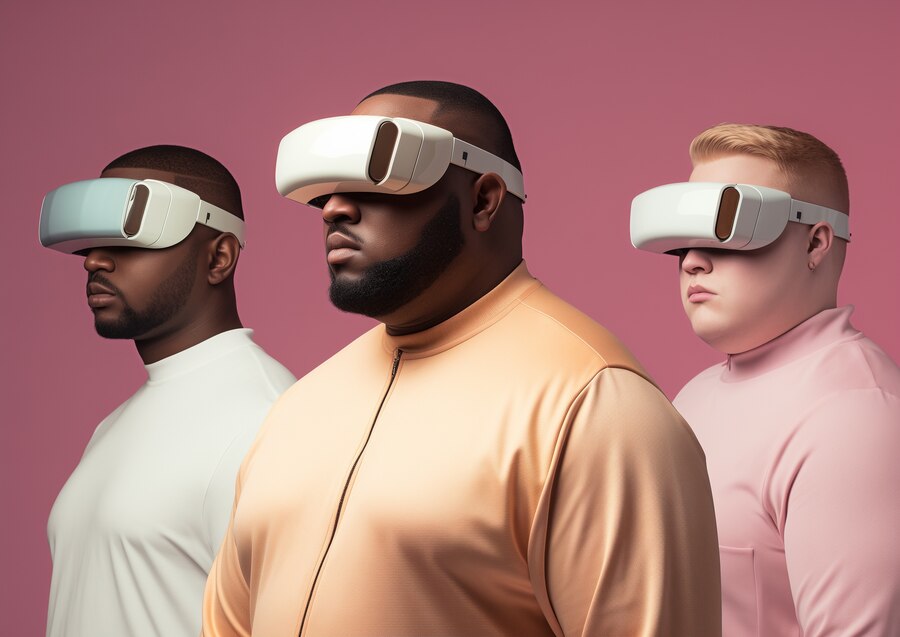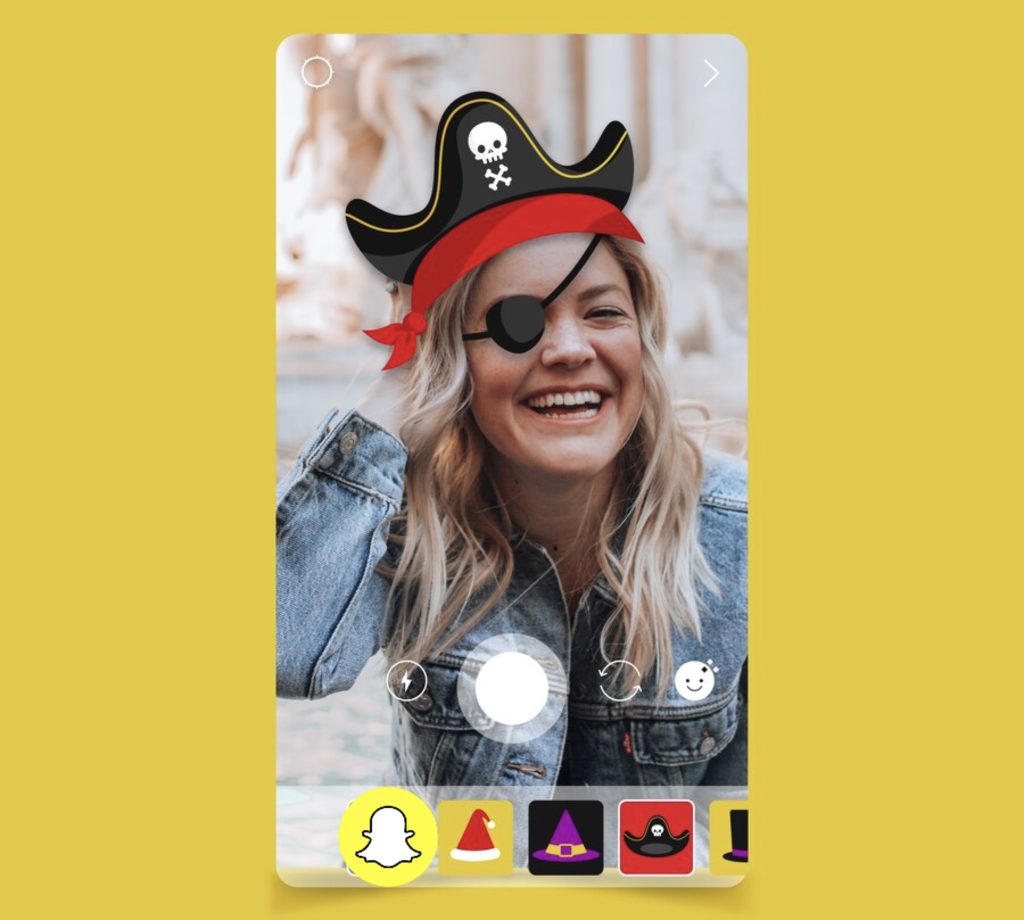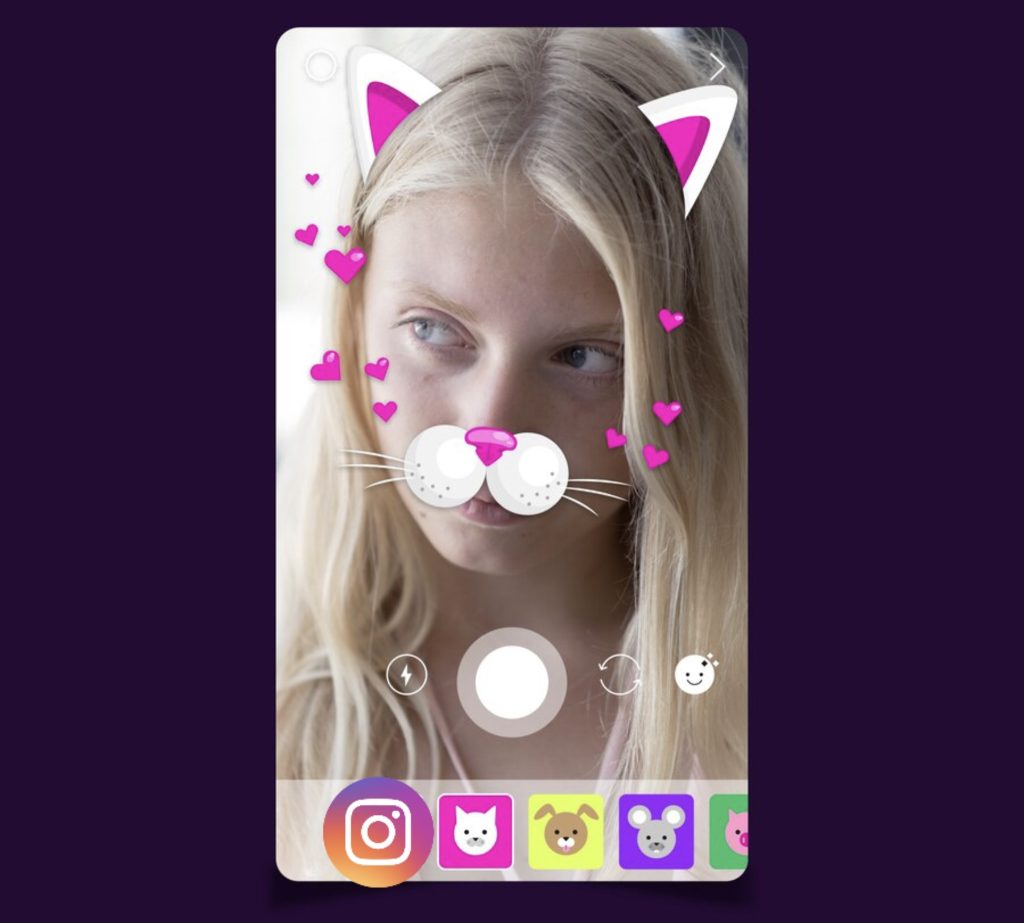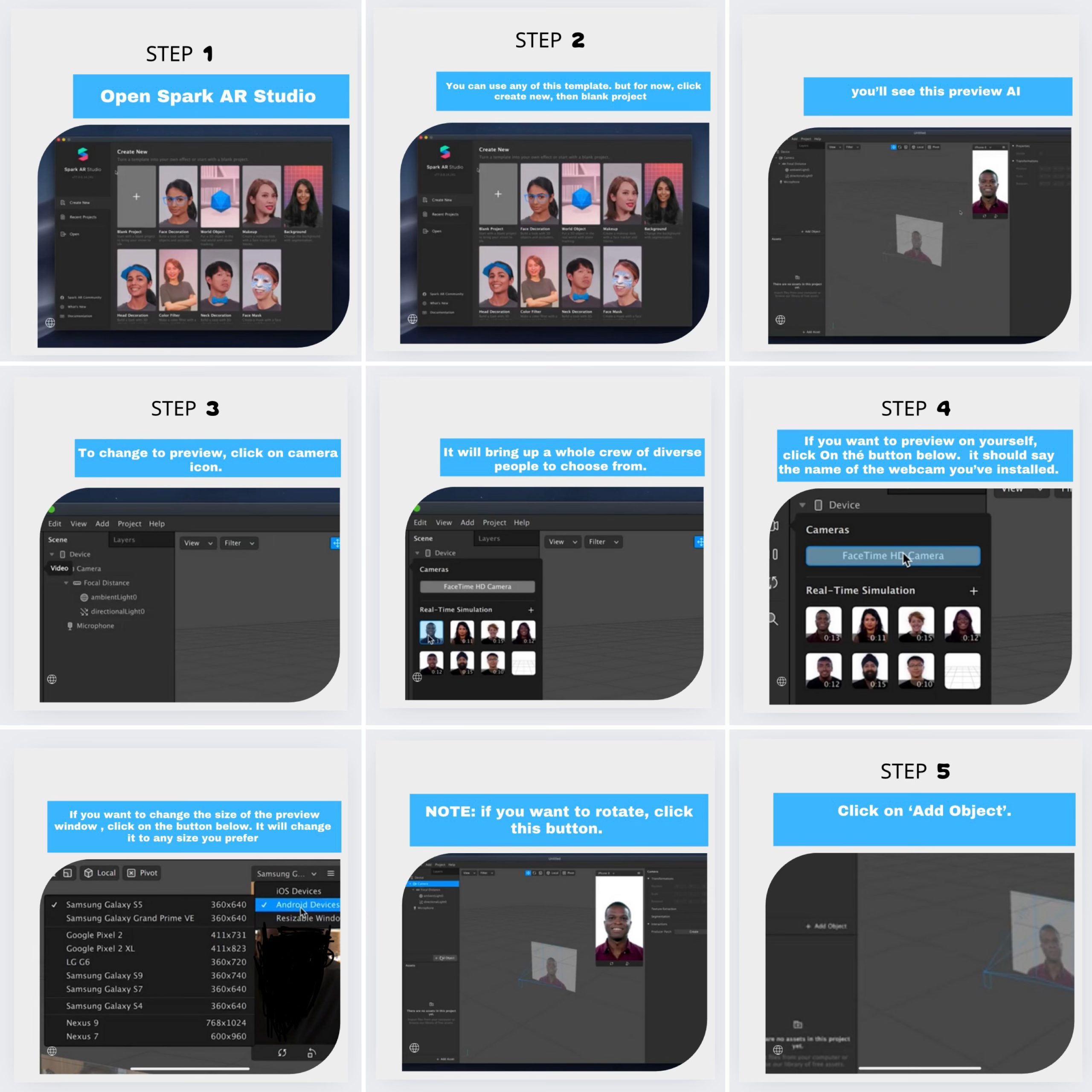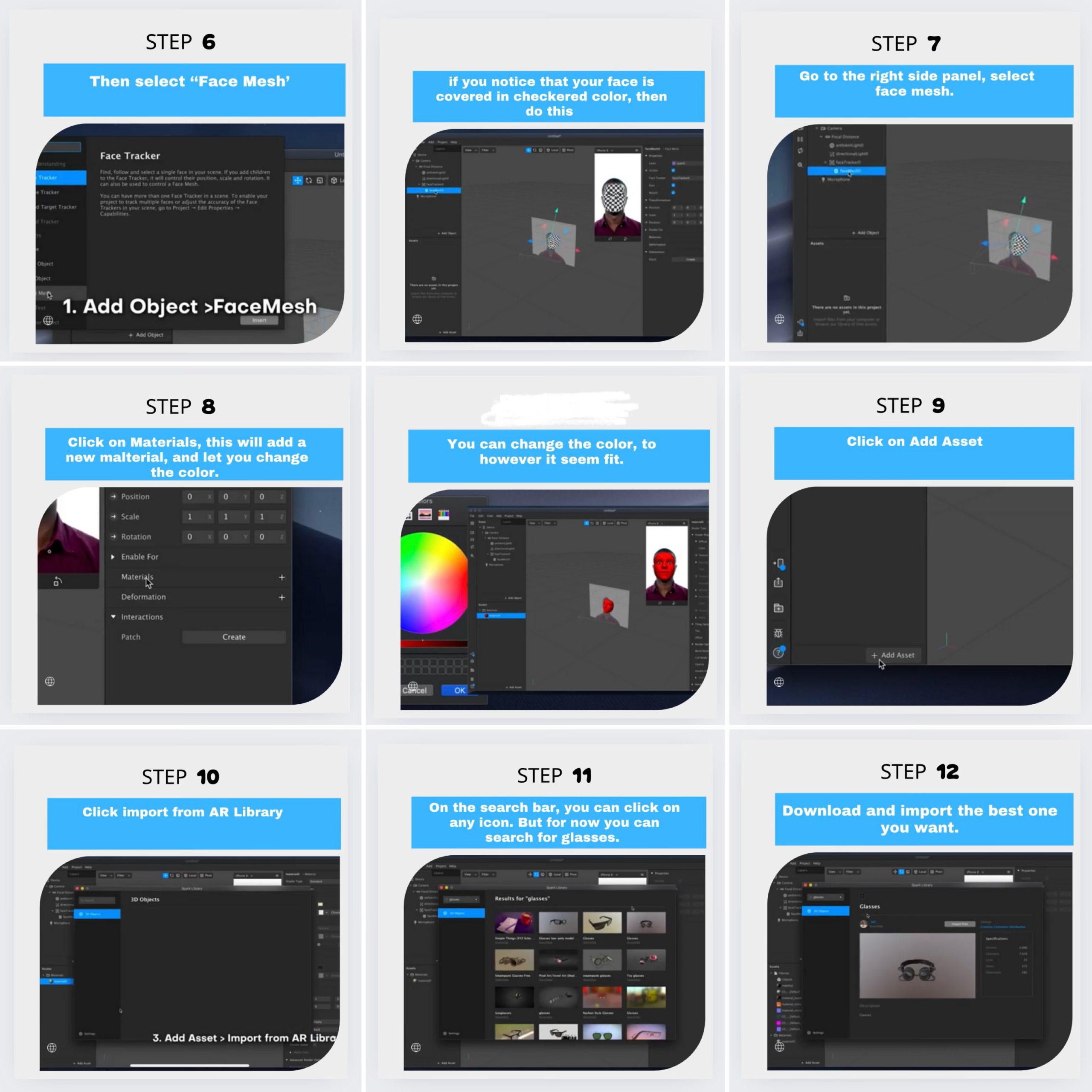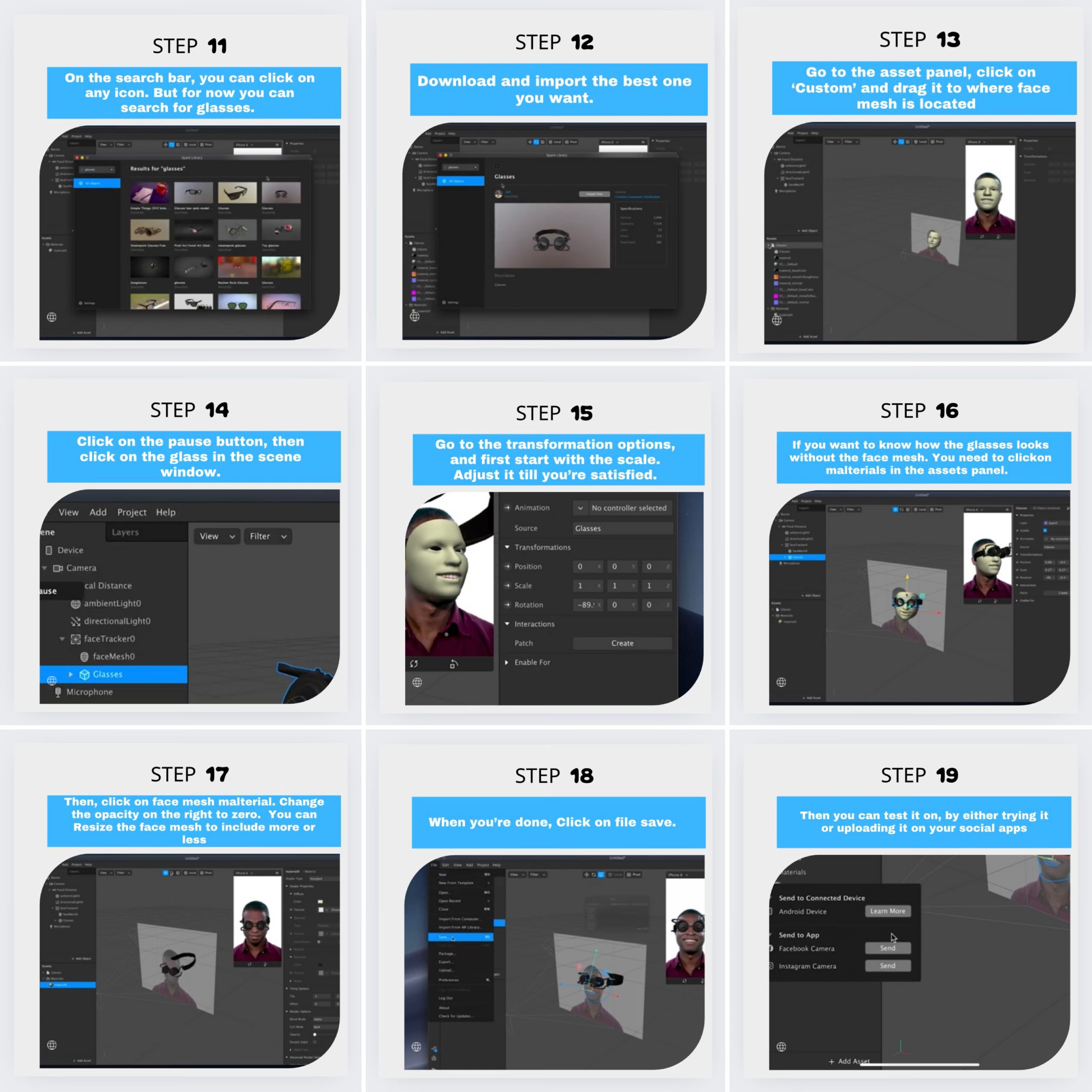As users grow tired of ads on social media, creative directors seek new ways to engage them. One solution is to use augmented reality filters in social media.
This trend can transform how brands connect with audiences and turn passive viewers into active participants.
So, this article is for you if you’re a small business owner or a social media manager. It will teach you how AR can elevate your marketing.
The evolution of AR in social media
In the mid-2000s, social media became very popular. It led to new ways to connect and innovate with technology. But where did AR in social media begin?
The birth of AR filters
The story of AR in social media begins with Snapchat, which introduced its Lenses feature in 2015. This tech lets people use real-time effects on their faces while using facial recognition.
These filters were so engaging that they set a trend. Recognising AR’s potential, Facebook, Instagram, and TikTok soon followed. They added their own AR filters and effects.
What is augmented reality?
Augmented reality refers to technology that superimposes a computer-generated image on a user’s view of the real world. On social media, this means users can add real-time, digital effects to their photos and videos.
Benefits of AR in social media marketing
The incorporation of augmented reality in marketing yields a wealth of advantages. From user engagement to data collection, the potential for branded AR experiences is immense.
So, as a small brand incorporating AR, the following are the benefits you will enjoy:
Enhancing user engagement
When users can see products in 3D and real-time, it reduces uncertainty. This can boost sales.
Appealing to a younger demographic
Research states that Gen Z and millennials are 71% more likely to adopt AR than older people. So, brands can reach this tech-savvy audience.
Gaining valuable customer insights
One of AR’s most compelling advantages is its ability to capture user behaviour data. This data can help you refine your offerings and create more targeted campaigns.
AR filters on Snapchat versus Instagram
Snapchat is often credited with pioneering the AR filter. Moreover, Instagram has risen to the forefront with matching skill sets.
Here’s a quick breakdown of how the two platforms differ and where they shine.
Snapchat AR filters
Snapchat has a robust collection of Snap Lens filters, offering users enticing experiences. They include lenses that change a user’s face or add cool effects to their surroundings.
Snapchat filters are famous for driving viral trends. The ‘Glamour’ and ‘Doge’ face filters make a good example.
Instagram AR effects
Instagram has made strides in AR effects, especially with Stories and Reels. Businesses can create Instagram AR effects accessible through the camera feature.
A unique advantage is that Instagram promotes AR content. The chances of appearing on the Explore page increase.
How to craft your own AR filters for your brand.
Creating your own branded AR filters for social media can seem daunting, but it’s easier than you think! The following are ways to do so:
1. Define your goal.
Before jumping into the technical processes, define what you want to achieve. Do you want to raise brand awareness, boost sales, or engage your audience in a new way? Knowing your goals will help you shape the kind of AR experience to create.
2. Choose the right platform
Snapchat and Instagram are the top choices for AR filters. But consider your audience’s preferences.
For instance, if your target audience spends most of their time on TikTok, then it is best to invest in that. However, if you’re too busy to create marketing filters, try our TikTok management services.
3. Brainstorm creative concepts
This is where the fun begins! Gather a team or sit down with friends to brainstorm creative themes or ideas. Here’s a checklist to consider:
- What emotions do you want to evoke?
- What innovative ways can your product come to life with AR technology?
- Should the filter be playful, informative, or both?
- What kind of interactive social media content will be best?
4. Use AR creation tools
You don’t need to be a tech wizard to create augmented reality filters in social media! Tools like Spark AR Studio for Instagram and Lens Studio for Snapchat let anyone create AR filters.
These platforms have easy-to-use interfaces to guide you. They offer many tutorials for beginners.
However, to make it easier for you, you can follow these basic steps:
Then:
And:
5. Test your AR filter
Before launching, test your filter with trusted friends or loyal customers. Collect feedback, make necessary adjustments, and iron out any kinks.
6. Launch your campaign
Promote your AR filter through your social media channels. Make a series of posts to explain the filter. Encourage followers to try it, share their experiences, and tag your brand.
Key metrics to measure AR campaign success
To assess your social media AR campaigns, check these metrics:
- Audience Reach: This shows how many users viewed or interacted with your AR content.
- Click-Through Rates (CTR): CTR is the percentage of users who click on your AR content after viewing it.
- User Engagement: You can test it by how long users interact with your AR content and how often they return to it.
- Conversion Rates: Track users who complete a desired action to assess the campaign’s effectiveness. For example, did they buy something after interacting with your AR content?
- Social Shares and Vitality: You can track how often users share your AR content on social media.
- Customer Acquisition Cost (CAC): This metric measures the cost of acquiring a new customer through your AR campaign.
- ROI: To gauge your campaign’s success, compare the revenues from your AR initiatives to their costs.
- Brand Awareness and Perception: Use post-campaign surveys and sentiment analysis. They can show how users perceive your brand after engaging with your AR content.
Real-world success stories
Several brands are leading the way in driving sales and enhancing engagement with AR filters. Moreover, here are a couple of notable examples:
IKEA place
IKEA’s Place app lets users see how furniture would look in their homes before buying it.
Sephora virtual artist
Sephora has added an AR feature to its app, called the Virtual Artist. It enables virtual makeup try-ons for customers. This experience has boosted customer satisfaction and sales conversions.
Conclusion: embracing the AR revolution
By using the tips in this guide and studying big brands, you can craft your own AR filters. Remember, your goal is to connect your audience to your brand uniquely and interactively.
For more help with social media strategies, check our plans for community management. You can also explore our Instagram mega boost service to maximise your outreach.

